The Ultimate Guide to Using Ten Frames
If you teach math to early childhood students, it’s important to understand what a ten frame is. Ten frames are tools for teaching math and they help kids with developing number sense. This post will help you understand the benefits to ten frames and provide printable resources that you can use in your classroom or home right away.
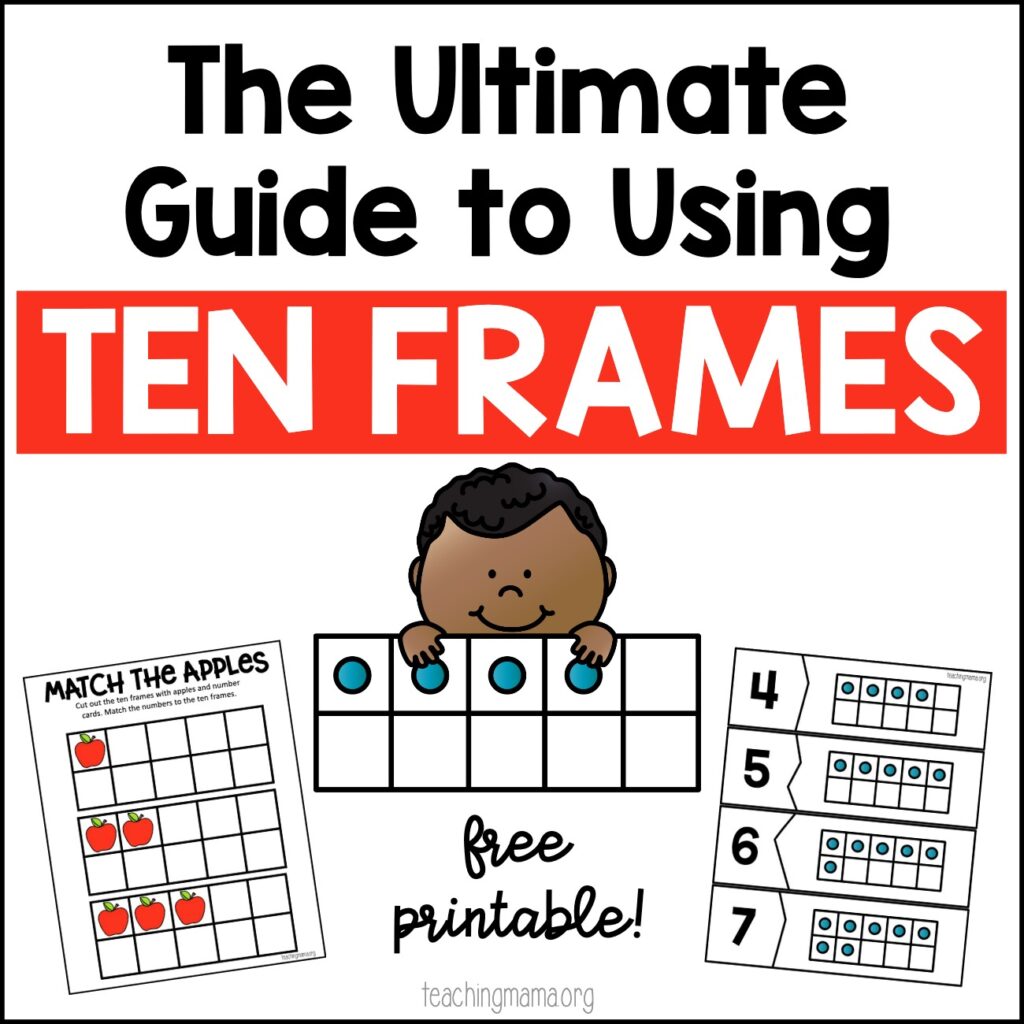
Ten frames help with developing number sense. Number sense is having good intuition about numbers and their relationships. This develops gradually as children explore numbers and have experiences with them. Number sense is something that can’t necessarily be taught, but it can be caught or learned over time.
A fancy math term educators use is subitizing. Subitizing is being able to instantly tell you ‘how many’ something is without counting. For example, a child who can subitize can roll a dice and tell you what they rolled without counting every dot. This skill is developed over time, but practicing it through games or using ten frames is key and will help develop better number sense.
What is a Ten Frame?
Let’s start with the basics. What is a ten frame? A ten frame is a rectangle with ten equal spaces. It has five spaces on top and five on the bottom. You use counters or math manipulatives to represent numbers less than or equal to ten on the frame.
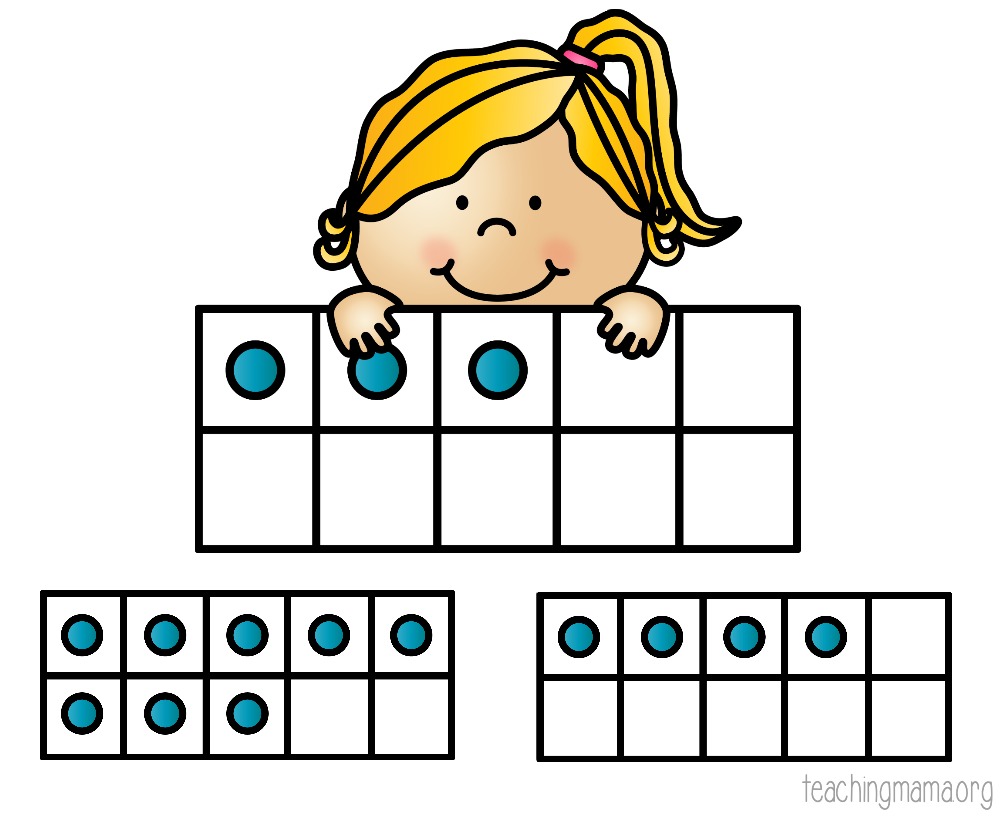
Why are Ten Frames Important?
Ten frames help kids develop number sense. It teaches them to subitize and is a precursor to addition.
They provide kids with a visual of numbers and give children experiences working with numbers. They aren’t simply just memorizing numbers or counting without meaning. It shows kids the value of numbers.
Ten frames help kids with composing and decomposing numbers. It’s also great for teaching addition and subtraction.
How Can I Use Ten Frames?
There are MANY ways to use ten frames. With young preschoolers, I like to make a big ten frame on the floor using tape. Then I put objects in the frame and practice counting and identifying the number of objects.
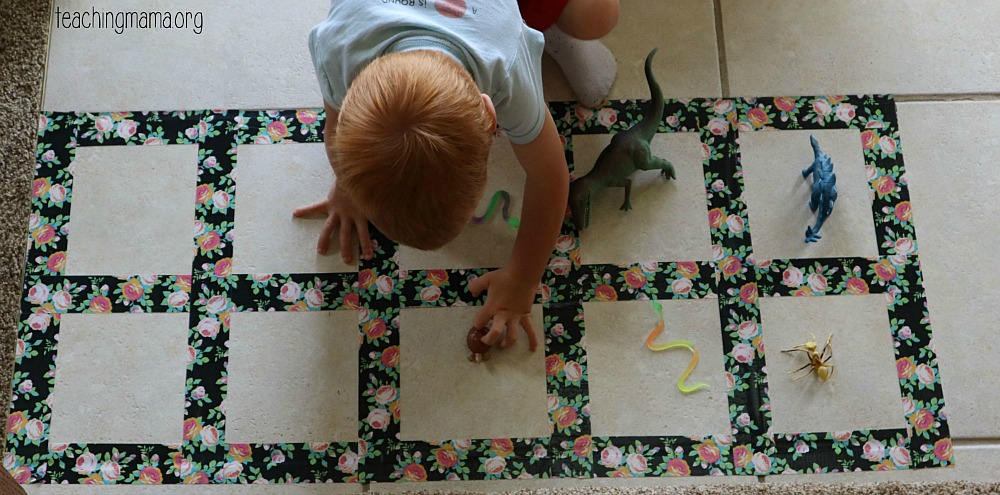
There are also a ton of free printables that use ten frames. At the bottom of this post, I’m sharing a PDF with games and activities all using ten frames.
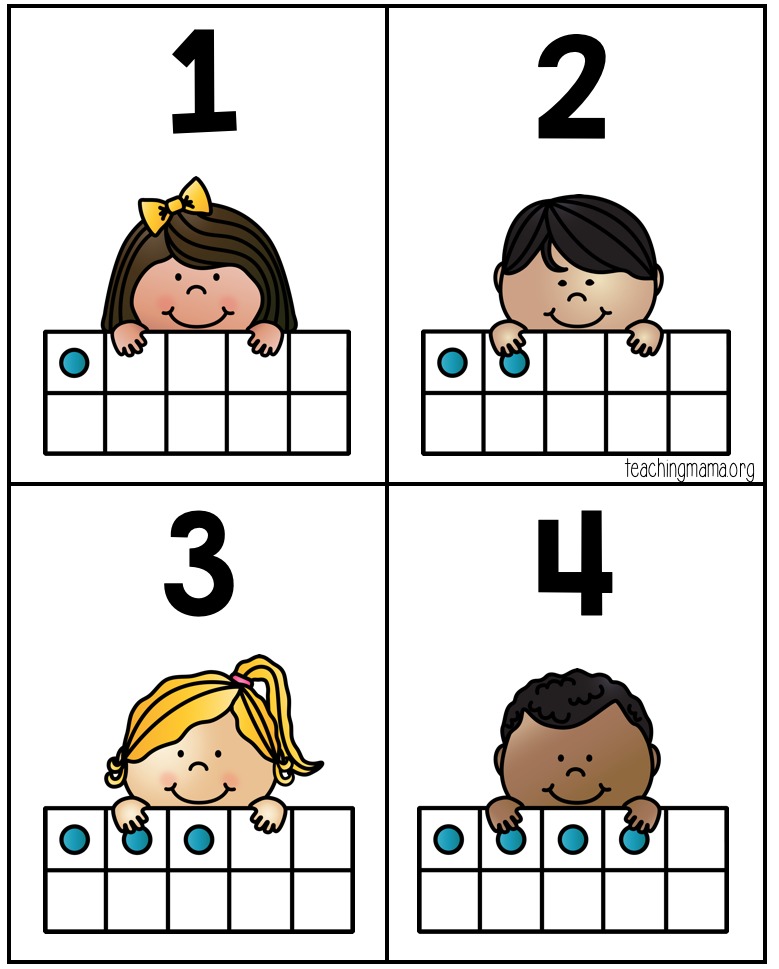
How to Teach with Ten Frames
To use a ten frame, begin with showing your child a blank ten frame. Add one counter and then count together. Add two counters and then count together. Continue adding counters until you reach ten. Then take away the counters and count down.
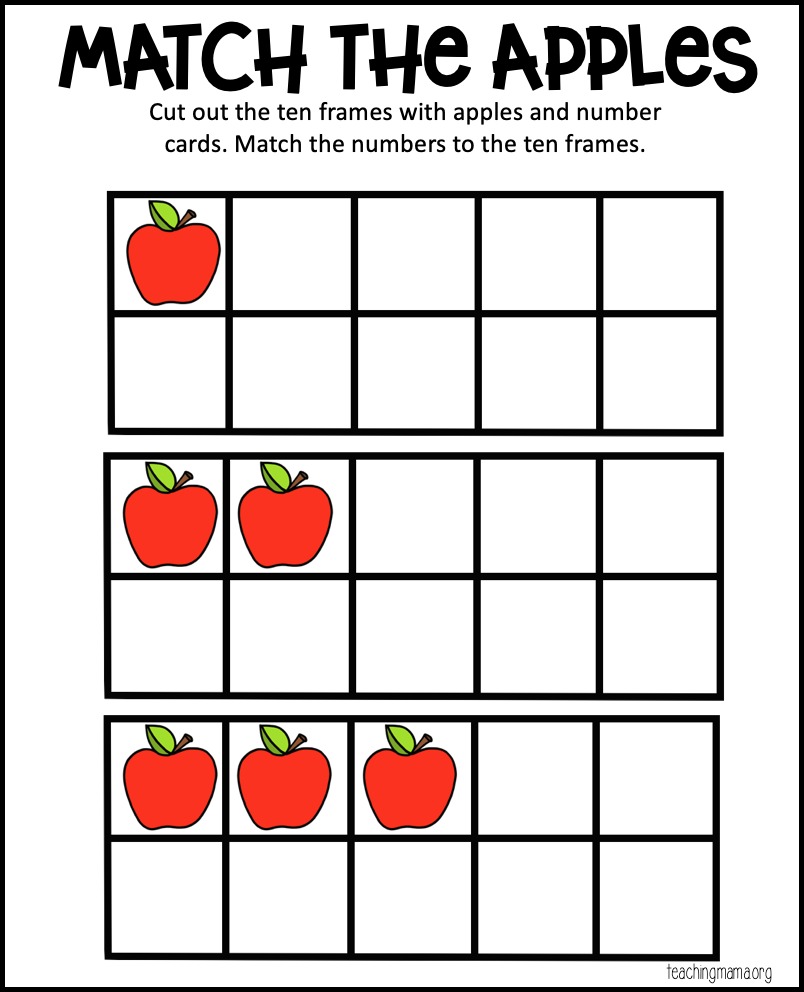
Practice showing your student a ten frame with any amount of counters in it from 0-10 and have him identify the number. Then have your student add counters to the frame and identify the number.
Over time and with practice, your student will start to subitize, or recognize the number without counting.
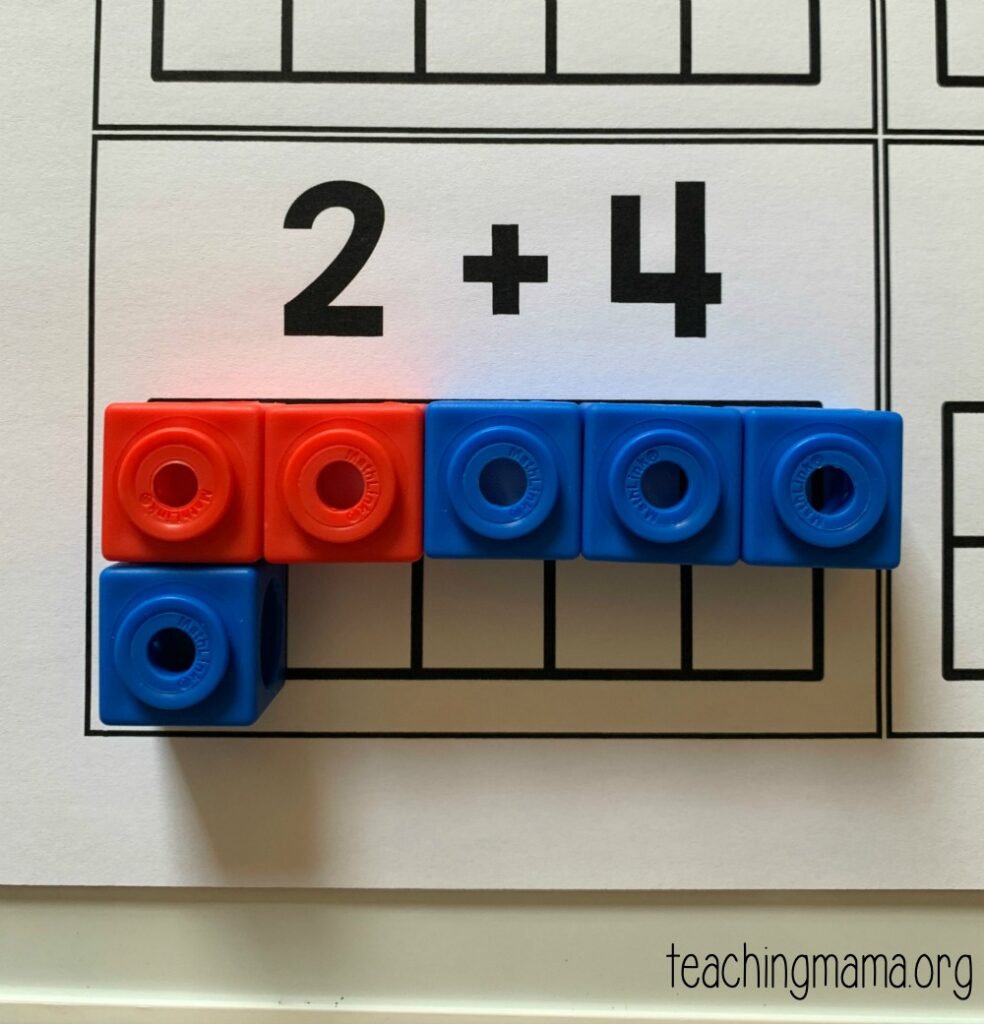
Some teachers choose to arrange counters in order (called 5-wise or pair-wise) and others like using random placement. I recommend starting with arranging counters in order and then moving on to random order.
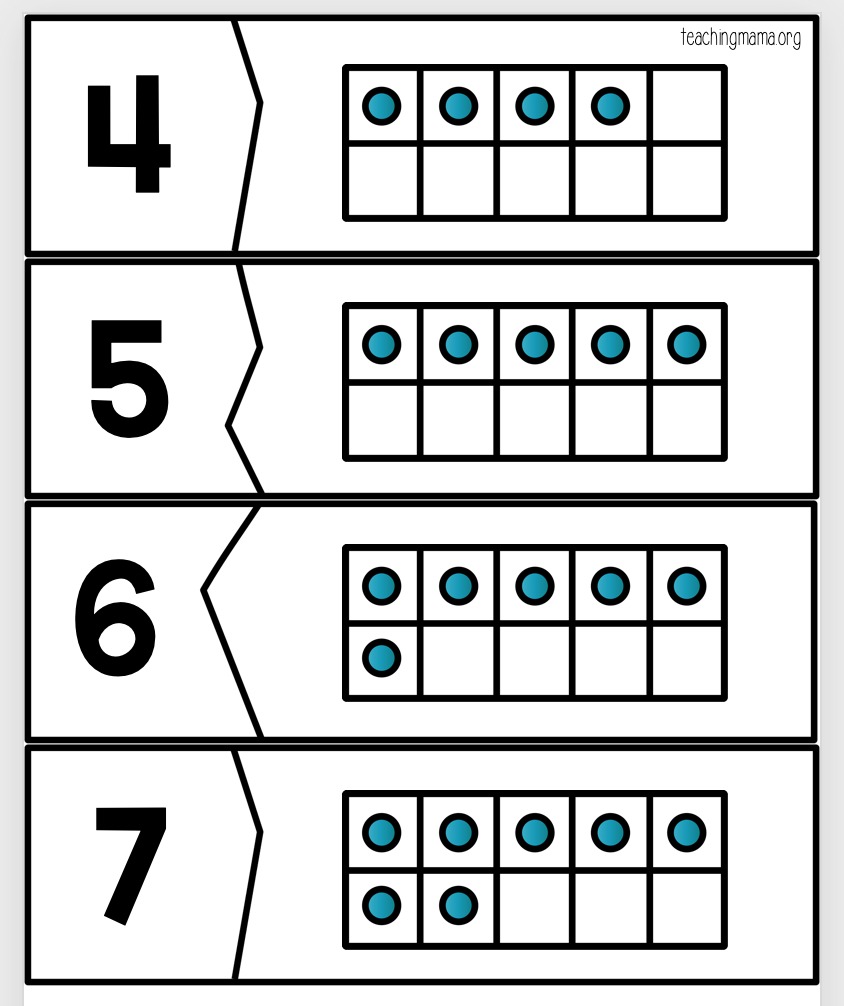
Another thing I recommend doing is asking your student questions. After they answer, ask them “why” they answered with that number. It gives you insight into how they are learning and how their number sense is developing.
I put together a packet of ten frame activities for you. There are blank ten frames, activities, puzzles, a game, and even practice with teen numbers.
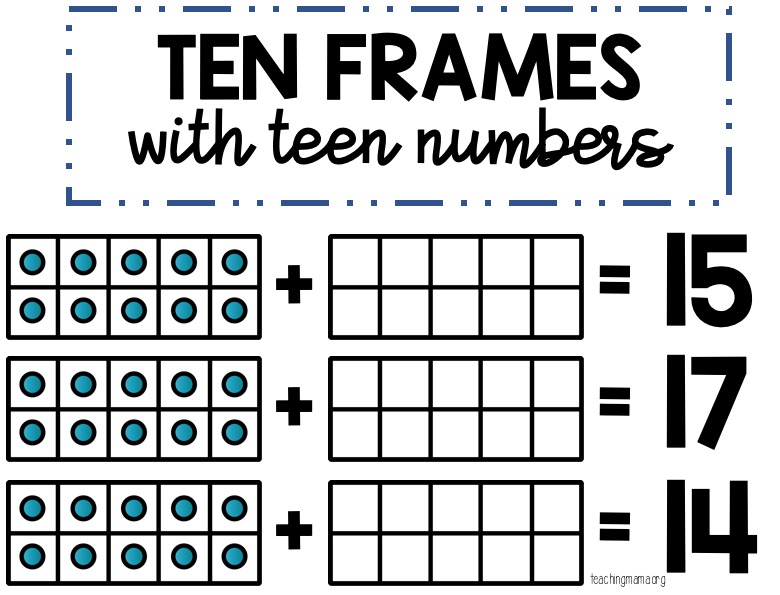
You can download this free printable by clicking here —> 10 Frames Packet

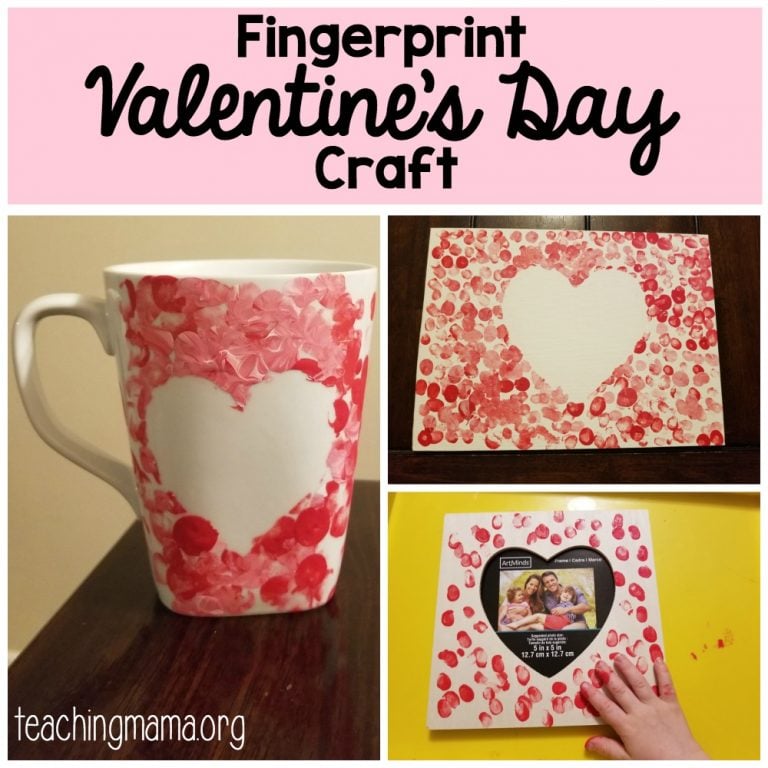
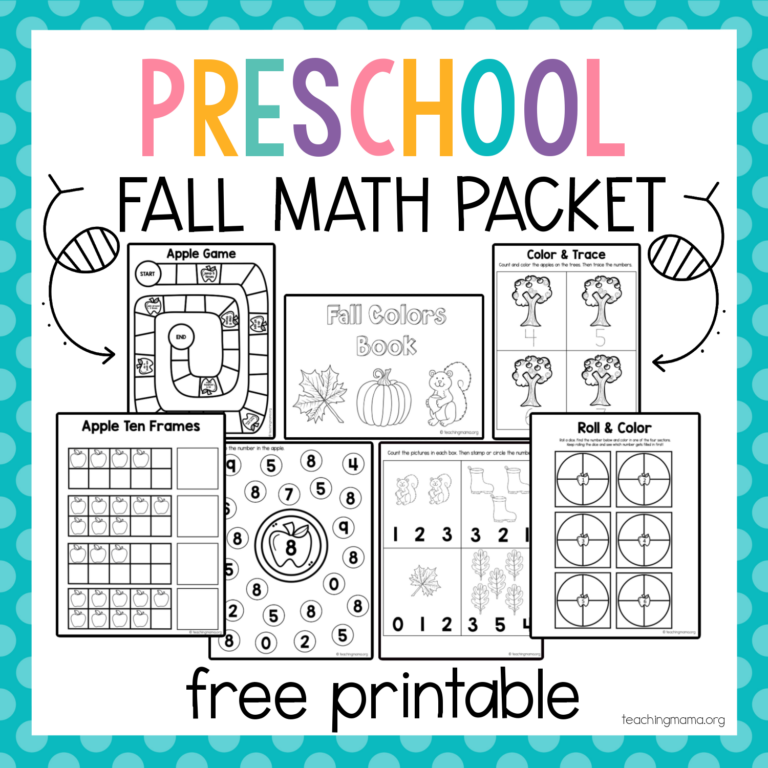
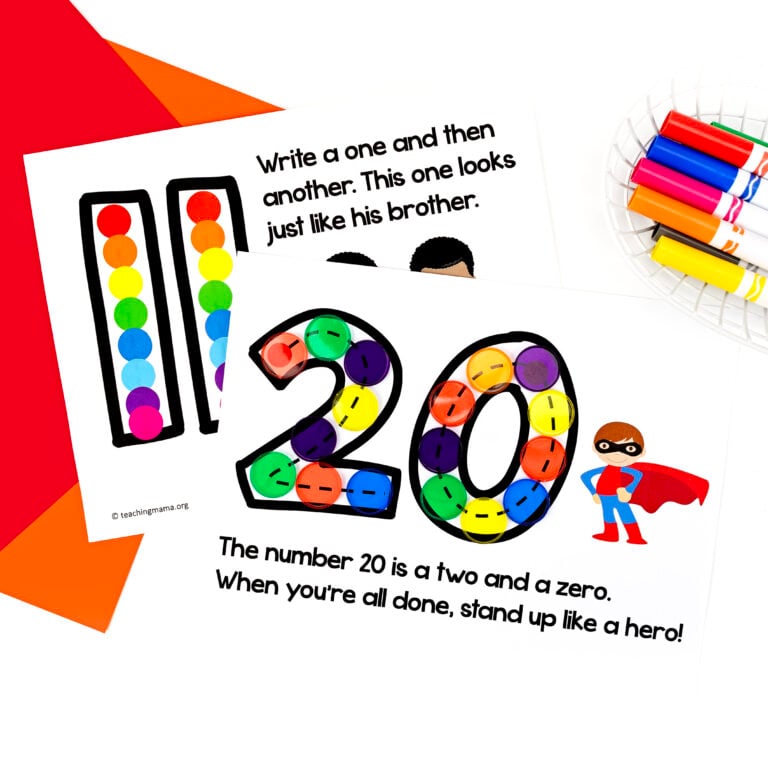
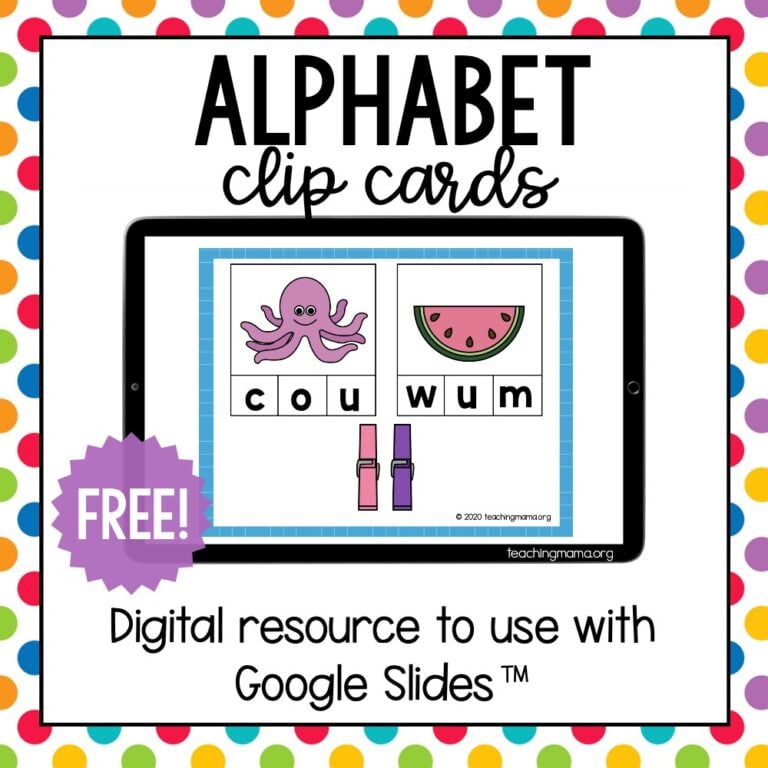
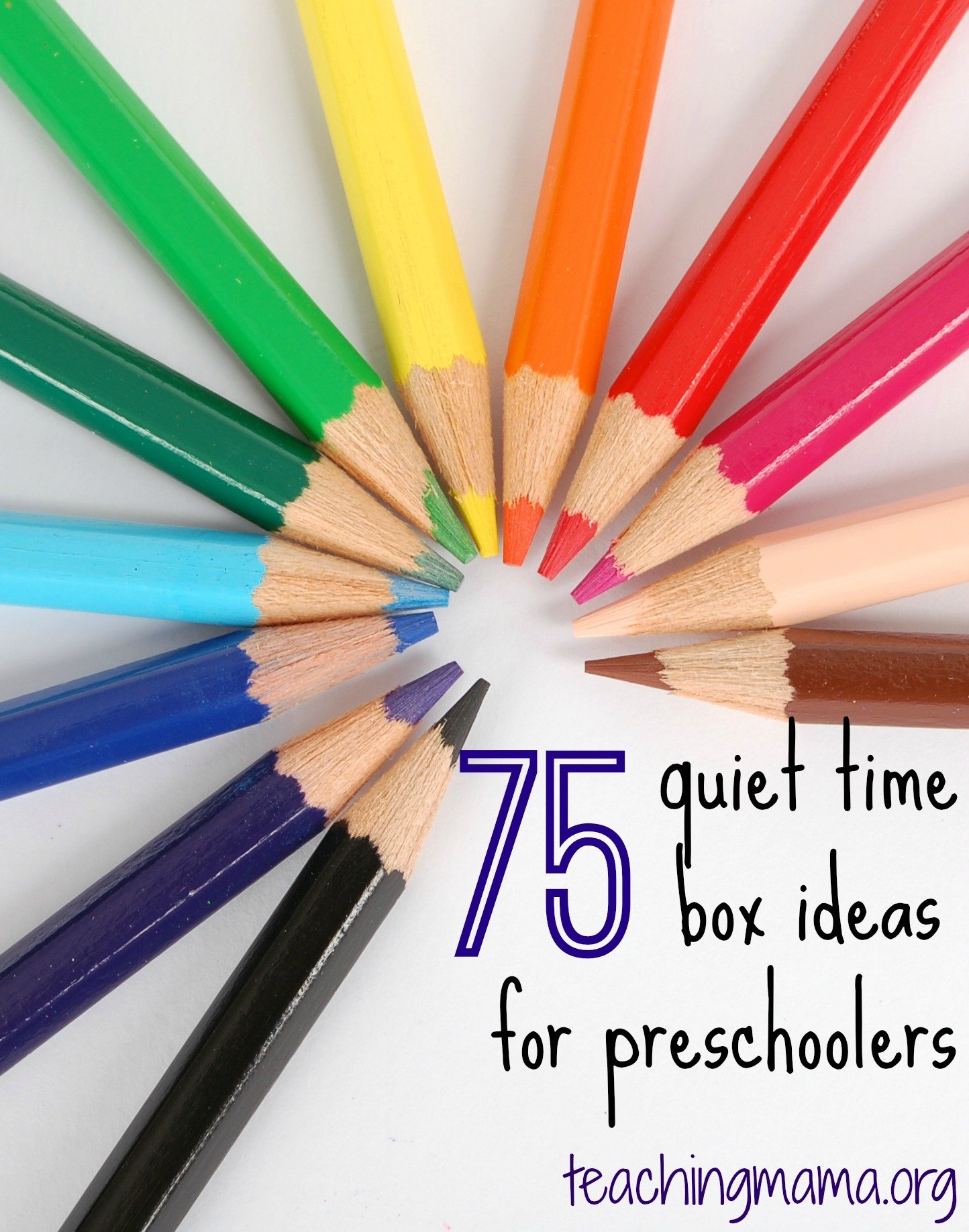


Hello, thank you for offering this tutorial. However, I have a question… What are the advantages of having a ten-frame that looks like the ones you have provided above, verses, having a ten frame that is a straight ten boxes? So for example, five boxes on top and five boxes on the bottom as you have shown; or five boxes on the left of the ten-frame and five boxes to the right of the ten frame? Does that make sense?
The reason I’m asking is bc I have the book entitled: Addition Facts that Stick, and in that book, the ten frame is showcased as FIVE boxes to the left of the bold line and FIVE boxes to the right of the bold line.
Hi Georgia! Either way is fine and both help kids decompose numbers and learn how to understand numbers in groups of 5 or 10. The way I shared is more widely used and kids will recognize it more. But the way that Kate Snow shares is a good way to help kids learn numbers as they are seeing the ten frame left to right, just like reading.
Thank you so much for your generosity! It will be a BIG help to us teachers and most especially to our students! God bless you More! – Mrs. Kapunan ND
Hi! This is awesome! Its really a big help to us teachers!
Thank you for these great resources!
thank you. i have kindergarten twins and i am just learning myself so i can teach them these tens frames. thank you for being so elaborate in your post. it definitely gives me a good start
I love this but can’t see where to download
Wow these are great – thank you!
I cannot figure out how to download and print.
I’m sorry, Kathryn! There is a link right above this comment box. When you click on it, it will download right away.
I love these ten frames activities but can’t figure out how to download and print them.
Oh no! I’m sorry. There is a link to download in the post. I will email it to you.
Thank so much for the ten frame activities! I work with preschoolers and school age students. It is a simple concept, but if they do not get it early on, they really struggle with math. Blessings to you for making these free.